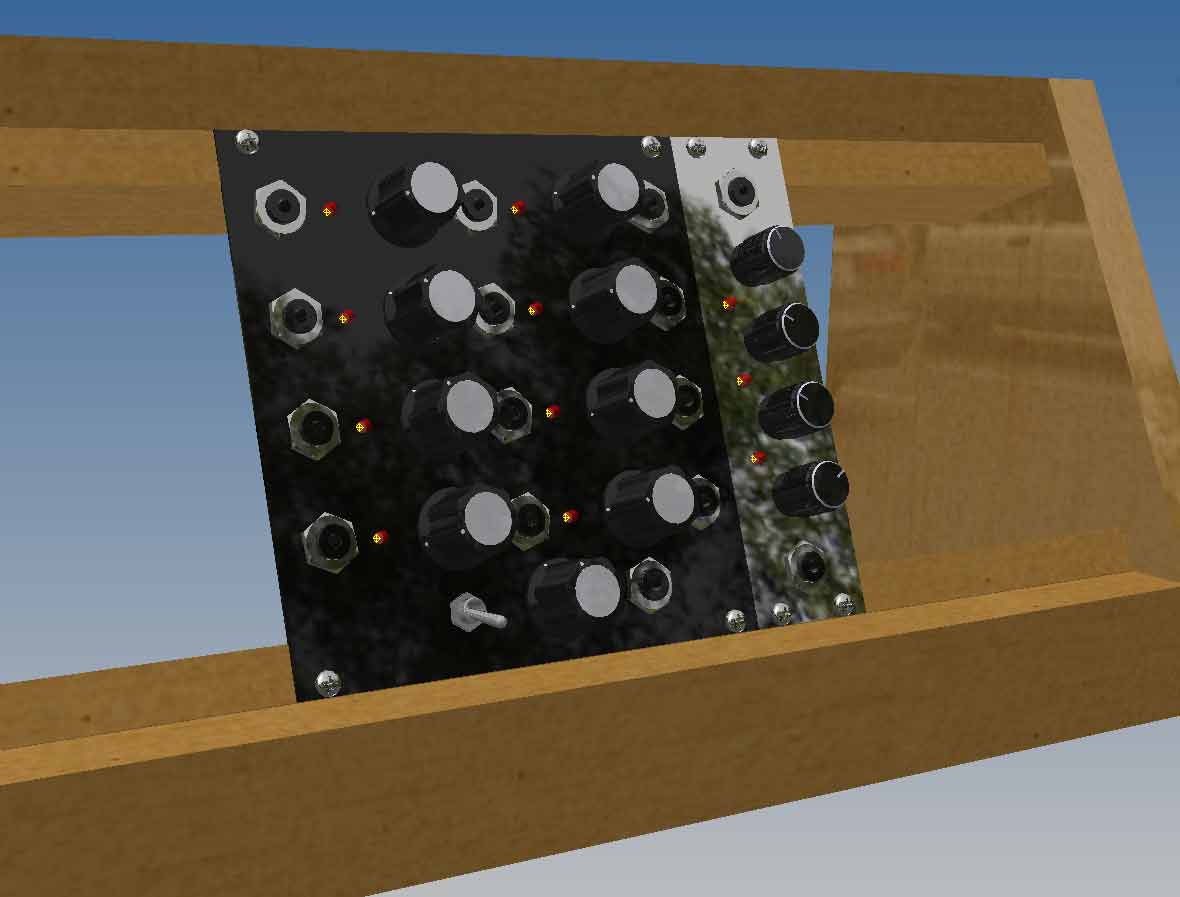
March 27, 2020
In order to create a melody, you must create a sequence of notes. My Triple Oscillator does a good job creating notes, but my eurorack lacked a mechanism to build a melody. Building a sequencer is the obvious next step in designing an electronic musical instrument. This can easily be done in a number of ways, but I choose the classic “Baby 8” design to base my module from.
The Baby 8 is a basic 8-step sequencer, it can create an 8-note pattern. At its core is the CD4017 decade counter integrated circuit (IC). It is cheap and abundant on ebay. I bought 20 CD4017’s for $4.00. Eight potentiometers each receive one output from the IC. By varying a pot, you can change the control voltage level at the output for its corresponding note. Simple.
From an Economic perspective, the Baby 8 Design doesn't make a lot of sense. You are limited to 8 notes, need 8 potentiometers, and must play in sequential order. It would be cheaper to use 1 potentiometer and write a simple program on a microcontroller that could have virtually unlimited functionality. Less soldering, and a smaller form factor too. So why order 20 decade counters? For one, the control circuitry used to cascade multiple Baby 8’s interests me. I know that if I have unlimited functionality in a module, I won’t know where to begin. With the Baby 8, all you have to do is turn each knob to a random position to get an interesting sequence. Zero effort required.
I made a few modifications to the basic design. First I added a binary output for each step. This can be used to trigger other eurorack modules or to reduce the step count of the sequencer. A master control voltage pot adjusts the voltage level of all notes so that the sequence can be transposed.
